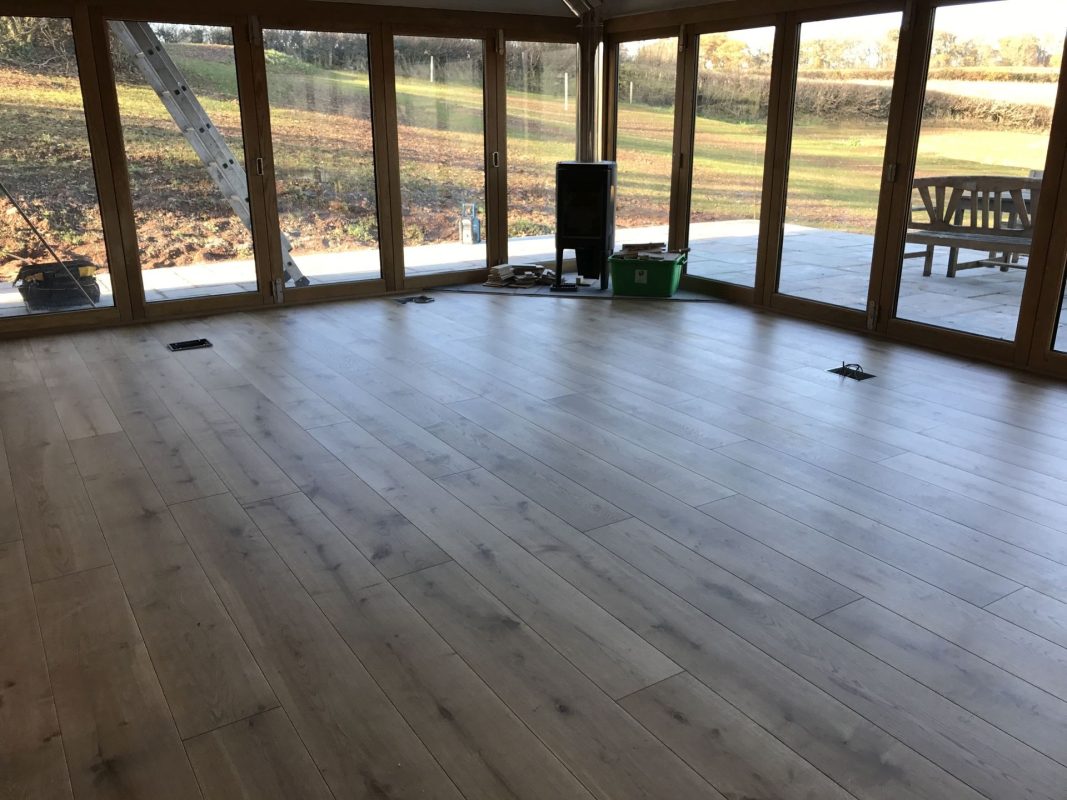Solid Hardwood vs. Engineered Hardwood: Choosing the Best Option for Your Home
When choosing the perfect hardwood flooring for your home, you’ll likely come across two popular options: solid Hardwood and engineered Hardwood. Both have advantages and can create a beautiful, durable floor, but how do you decide which is better for your specific needs? This article delves into the key differences between solid and engineered hardwood floors, helping you make an informed decision.
1. Composition and Construction
Solid hardwood
is exactly what it sounds like. Each plank is made from a single, solid piece of wood. This traditional wood flooring offers a classic look that can last for generations if properly maintained. Solid hardwood floors can be sanded and refinished multiple times over the years, allowing you to revive them if they become scratched or worn.
Engineered hardwood, on the other hand, consists of a top layer of solid wood (called the veneer) and multiple layers of plywood or fiberboard beneath it. The layers are cross-oriented and bonded together, which provides enhanced stability. This structure makes engineered hardwood less susceptible to changes in humidity and temperature, reducing the risk of warping or buckling.
2. Durability and Maintenance
Regarding durability, both types of hardwood flooring are long-lasting, but their maintenance and longevity differ slightly due to their structural differences.
Solid hardwood is highly durable and can handle years of wear and tear. Its ability to be refinished multiple times can extend its life significantly. However, it is more prone to scratching and moisture damage than engineered wood. It’s best suited for rooms with controlled humidity and is not recommended for basements or bathrooms.
Engineered hardwood is also durable, but its top layer can only be sanded and refinished a limited number of times, depending on the thickness of the veneer. It stands up better to moisture and can be used in more humid or variable climates. These makes engineered Hardwood a more versatile choice for kitchens and basements.
3. Installation Flexibility
Solid hardwood typically requires nail-down installation, which can be more labor-intensive and must be done over wooden subfloors.
Engineered hardwood offers more installation options. Depending on the product, it can be nailed down, glued down, or even floated. This flexibility allows engineered floors to be installed over various subfloors, including concrete, making it an ideal choice for many modern homes.
4. Aesthetic and Style Variations
Both types of flooring offer a wide range of options in terms of species, stain, and style.
However, the appearance of solid hardwood is often seen as more prestigious due to its thickness and the variation in wood grain, providing a unique and upscale appearance.
Engineered hardwood provides a similar aesthetic, with the added benefit of more consistent coloring and pattern throughout the surface. It’s also available in wider planks because the plywood base offers additional stability, which is currently a popular trend in flooring.
5. Environmental Impact
The production of solid hardwood requires more wood than engineered wood, which can make it less environmentally friendly. However, its longevity can offset this impact over time.
Engineered hardwood uses less solid wood, utilizing a plywood base that often comes from recycled materials. This can make it a more sustainable choice for those looking to minimize their environmental footprint.
6. Cost Considerations
Generally, solid hardwood is more expensive regarding material and installation. It’s seen as an investment in your home’s value.
Engineered hardwood tends to be slightly less expensive and is often easier and cheaper to install. It can offer a better cost-to-value ratio, especially in climates where solid wood might not perform well.
Conclusion
Both solid and engineered hardwood floors offer beautiful and durable options for your home. The choice between the two often comes down to your specific circumstances—such as your location’s climate, your home’s construction, and your budget. By understanding the unique benefits and limitations, you can select the flooring that best meets your needs and continues to enhance the beauty of your home for many years.
